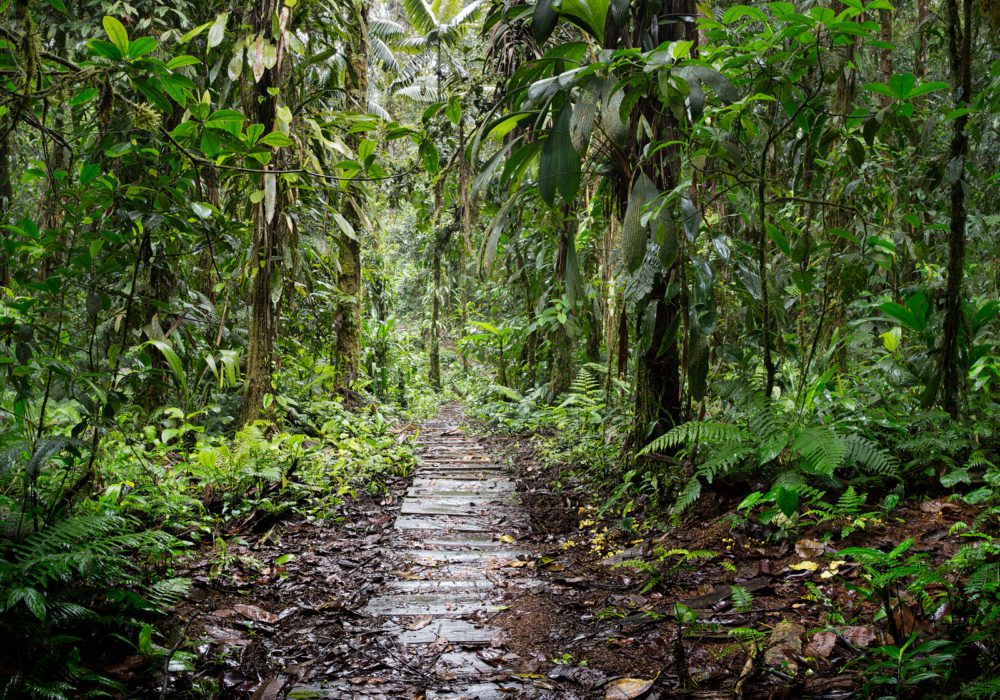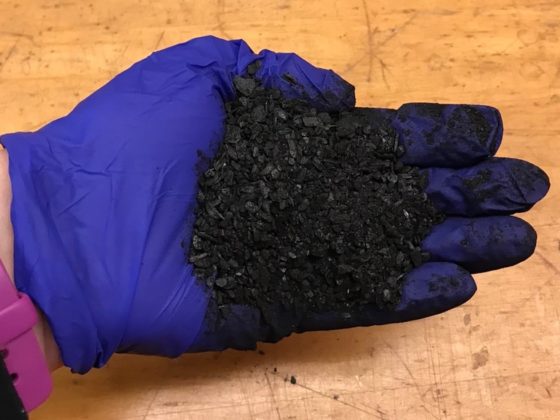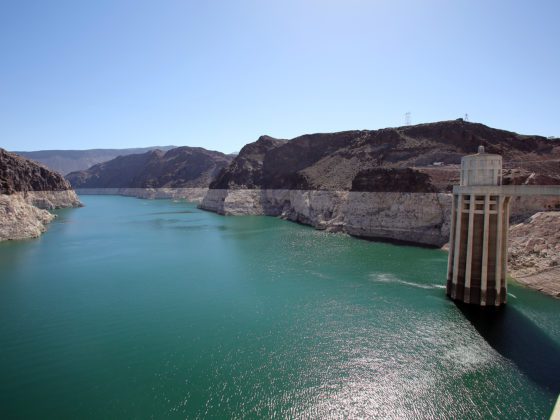As part of the World Water Events, Professor Rong Fu from the University of California at Los Angeles gave a talk at UVA. Rong Fu focused on a classic question relating to the water cycle and the extent to which vegetation can drive it. The title of the talk was “The Rainforest Rainy Season Onset and Drought Variability.” We talked to her afterward.
As you said, it is widely accepted that rainfall has an impact on vegetation, so that droughts, for example, clearly affect ecosystems. Why is the reverse effect—of ecosystems (vegetation) on rainfall—more controversial or less generally accepted? And what do you mean when you say that vegetation may hold the key to understanding the variability and predictability of the water cycle?
The impact of ecosystems on rainfall is less obvious because traditional meteorological data cannot tell whether water vapor transported from the ocean or transpired by plants is the dominant source of the moisture for rainfall. There is also the long-held conventional wisdom that evapotranspiration of plants is a passive result of canopy and surface wetness, which is dominated by rainfall. However, observational breakthroughs and research in recent decades have shown that rainforests, through their deep roots, can increase evapotranspiration during the late dry season and initiate the onset of the rainy season. While these new findings are increasingly accepted by the earth system research community, there are still many open questions. For example, over much if not most of the global land area, transport from the ocean is still the main source of the moisture in the atmosphere, and large-scale atmospheric circulation is still the dominant cause of seasonality and variability of rainfall. We do not know where and when the terrestrial ecosystem has an important influence on rainfall globally.
Ecosystems have their own seasonality; they are capable of either recharging or depleting the deep soil moisture reservoir. These capabilities enable the rainforests to control the variability of evapotranspiration, which, in turn, can either mitigate or amplify and lengthen the impact of drought. Currently, these ecosystem processes are not represented in climate models. Our empirical analysis suggests that we can potentially improve the predictability of the beginning of the wet season by as much as 20%. Thus, an improved understanding and modeling of the ecosystem processes, including their responses to climate variability and their changes due to land use, are very likely to hold the key for improving our prediction of the water cycle, especially in a changing climate and environment.
Let’s focus on the Amazon. So what do you find? How and why does vegetation matter for the water cycle?
A short dry season is necessary to sustain rainforests. It contributes in an important way to the onset of the rainy season, which is more than three months before the arrival of the inter-tropical convergence zones (ITCZs) that bring moisture from the Atlantic Ocean. For years, scientists have been puzzled by and wondered what caused this early onset of the wet season, before the arrival of the moisture from the ocean. Fortunately, observations in the past few decades, especially the ground-based ecological data over Amazonia, have shown that the rainforests transpire more water vapor into the atmosphere during the late dry season, when the atmosphere is driest. At the same time, breakthroughs in satellite remote sensing have enabled us not only to see an increase of moisture in the atmosphere during the late dry season over Amazonia, but also to show unequivocally that the moisture is transpired from plants. Thus, we know that through the increase of evapotranspiration in the late dry season, the rainforests initiate the onset of the rainy season more than three months before the arrival of the ITCZs.
What are some implications of your work for how societies should think about land use?
Many studies in the literature, including my own work, have shown that evapotranspiration from the rainforests is the main source of moisture in the atmosphere not only in Amazonia, but also in southern Brazil and northern Argentina, during the dry and dry-to-wet transition seasons. Large-scale deforestation will weaken or even eliminate the main source of moisture for the rainy season onset, reducing moisture transport to southern Brazil and northern Argentina. These changes could consequently increase dry-season dryness and delay the onset of the rainy season, not only over Amazonia, but also in downwind agricultural regions in southern Brazil and northern Argentina.
Lots of work that relates to climate science relies heavily on parametrized models that then can simulate natural phenomena and allow scientists to study the impacts of changing inputs. You seem to rely heavily on data. To what extent does your approach differ from a model-based analysis, and what would the ideal set of data look like for you to confirm/disprove your hypotheses?
It is well known that climate models have unacceptably high uncertainty in representing rainfall variability and projecting future changes over Amazonia. This is in large part because the ecological processes that determine evapotranspiration are not included in the models; problems related to modeling the rainfall and cloud processes also contribute to the uncertainty. More importantly, the observations needed for quantifying the contribution of evapotranspiration to atmospheric moisture at spatial and temporal scales comparable to the climate models’ resolution are not available. My collaborators at the NASA Jet Propulsion Laboratory, scientists at several universities, and I have been working on a plan to use aircraft measurements of water and carbon isotopes, along with ecosystem structures and land use condition, to produce such data. I hope that one day we will have the opportunity to carry out this plan.





